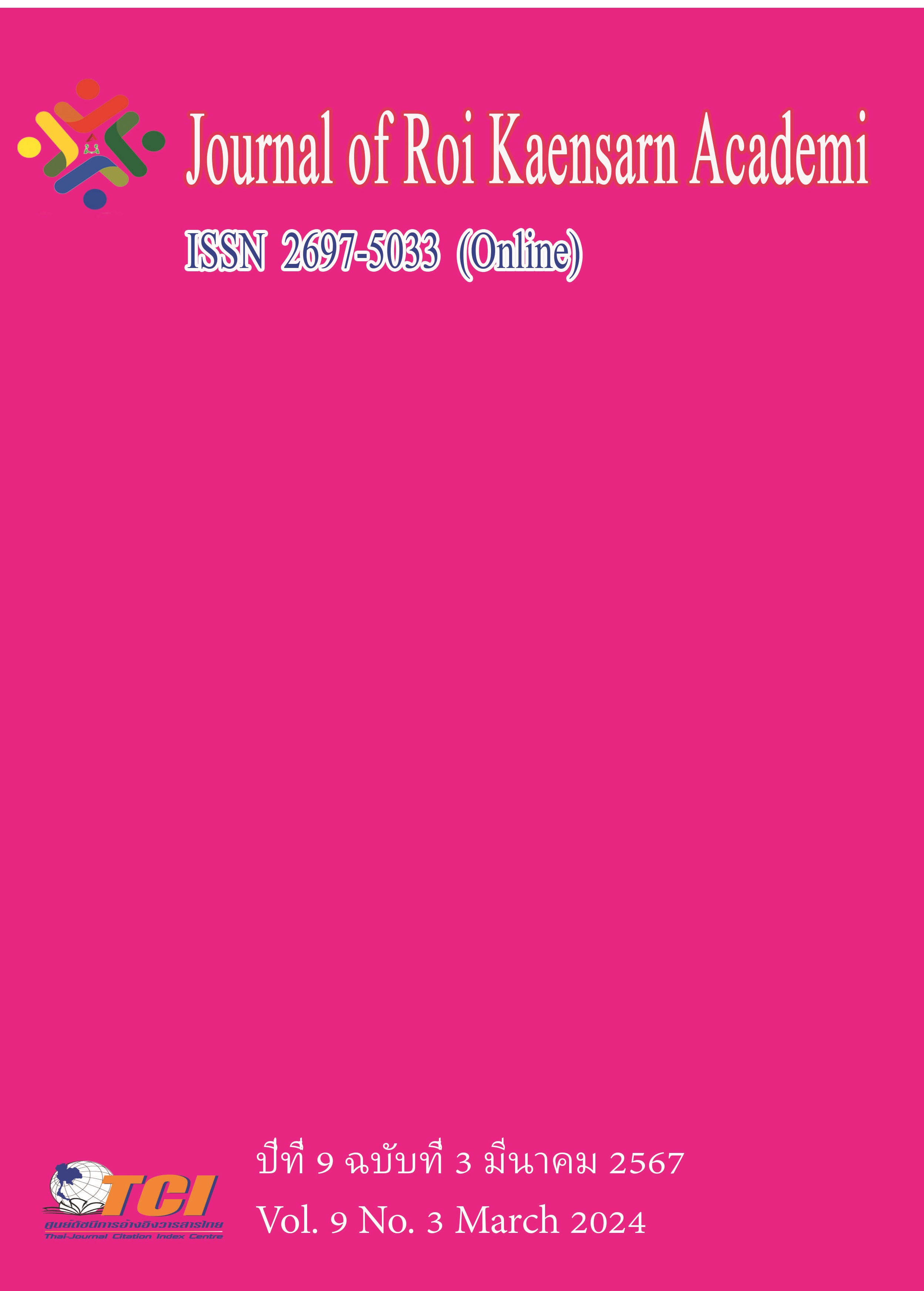The Dissemination and Inheritance of Chama Dance in Inner Mongolia
Main Article Content
บทคัดย่อ
Since the introduction of Tibetan Buddhism into Mongolian areas, its religious dance "Qiangmu" has gradually spread to the monasteries in Mongolian areas, and integrated with Mongolian culture, after hundreds of years of inheritance and development, the formation of a distinctive Mongolian characteristics of the "Chama" dance. This research aims to study the spread of "Chama" dance and analyze the changes and development of "Chama" dance inheritance. From the perspective of cultural anthropology, this paper sorts out and analyzes the origin and transmission forms of Chama dance in Mongolian areas, and further explains the development and evolution of Chama dance in the process of inheritance. The research methodology was qualitative research which adopt the field work research method to collected the data.
The research findings were through the study, it was found that (1) the inclusiveness of the Chama Dance enabled it to spread widely in Inner Mongolia. (2) The support of successive governments has provided objective conditions for the spread of the Chama Dance. (3) Under the change of time and society, the inheritance of contemporary Chama is being re-tuned and reconstructed.
Article Details
เอกสารอ้างอิง
Chang, W. (2022). Interview with Director Chang Weihua of Alxa Left Banner Cultural Center.
Deloge. (1998). History of Lamaism in Inner Mongolia. Inner Mongolia Nationalities Publishing House.
Jia, S. (2022). Interview with Jia Shangqin. national Chama inheritor.
Song, L. (1976). Yuan History Volume 71. Rites and Music Records. Zhonghua Book Company.
Wei, K. (1985). Yonghegong Encyclopedia. Henan. Henan People's Publishing House.
Zhao, L. (2016). Yonghegong Manchu Archives Vol. 1. Beijing. Beijing Publishing House.

